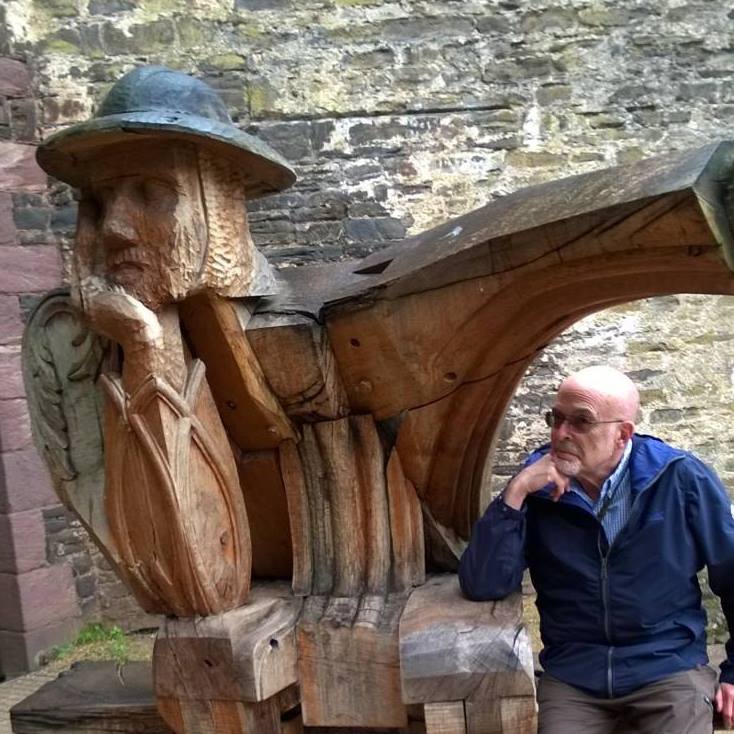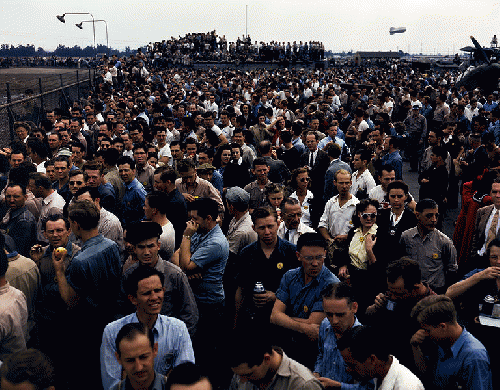As another Labor Day came and went, I found myself wondering whether this important national holiday has lost some of its original meaning. The U.S. Department of Labor explains on its website, that Labor Day is "a creation of the labor movement . . . and a yearly national tribute to the contributions workers have made to the strength, prosperity, and well-being of our country."
Yet today the "labor movement" is struggling for its life. Since 1945, union membership has declined from a historic high of 35% of workers to only 11.9% in 2010.
The Republican Party has been very effective in its decades-long campaign against the labor movement. For instance, in 1947 a Republican congress passed the Taft-Hartley Act over the veto of President Truman.
One of its most important provisions allowed states to pass so-called right-to-work laws that prohibit union shops. (Union shops are workplaces in which, by collective agreement, all employees must be either union members or pay their fair share of the union's costs in representing them.)
There are twenty-two right-to-work states, predominantly in the South and upper Midwest. Right-to-work laws invite new hires to be free riders, benefitting from union contracts without paying dues. And of course they weaken unions by depriving them of funds.
Another major provision of the Taft-Hartley Act allows management to mount a vigorous campaign against a union's effort to organize its workers. Interpretations of this provision by the National Labor Relations Board and the courts have given a green light for management to make union organizing of a workplace very difficult and hazardous.
Most companies facing a union organizing effort hire union-busting "consulting" firms to give them tactical and legal advice. On its website, one of these firms (Labor Relations Institute, Inc.) boasts of "more than 25 years of experience in thousands of elections--and a management win rate of over 90 percent."
The UN's Declaration of Human Rights says that "Everyone has the right to form and to join trade unions for the protection of his interests." In 2000 Human Rights Watch issued a very critical report on the precarious state of this right in the United States.
It found that "Firing a worker for organizing is illegal but commonplace in the United States." The fired worker faces years of hearings and appeals in order to get reinstatement.
The report noted that in the weeks before a vote on unionizing, management forces employees to attend group meetings in which the union is described in the worst possible terms. It also forces workers to attend threat-filled, one-on-one meetings with their supervisors.
Thanks to such tactics under the coaching of professional union-busters, the union participation rate for private-sector workers is down to 6.9%. The overall rate of union membership is higher (11.9%) only because 36.2% of public-sector workers are unionized.
Federal law does not give public-sector workers the right to unionize. However, beginning in 1959 most states granted their workers this right.
Unions have been more successful in the public than in the private sector because state and local officials sit across the bargaining table from their fellow citizens. So these officials haven't adopted the intensely adversarial role of private-sector corporations concerned only with profits.
Until recently, that is. Fresh from electoral victories in the 2010 elections, Republican governors and state legislators began a nation-wide campaign against public-sector unions. As the L.A. Times reported on April 2, "Nearly half of the states are considering legislation to limit public employees' collective bargaining rights."
The growing weakness of the labor movement has resulted in three decades of stagnant wages for workers, even as worker productivity has steadily risen. The added wealth American workers created in the last thirty years has been gone mostly to rich CEOs and shareholders.
(Note: You can view every article as one long page if you sign up as an Advocate Member, or higher).






